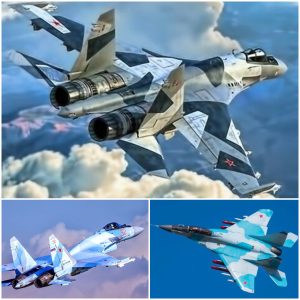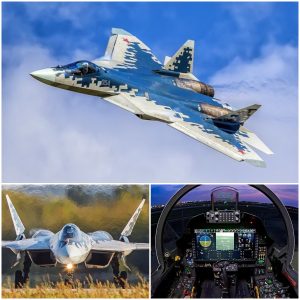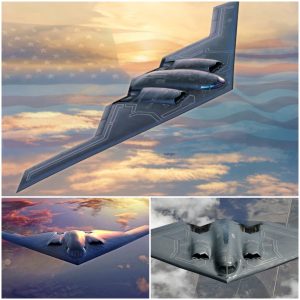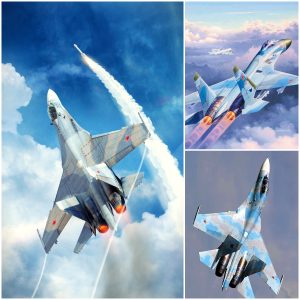Northrop YB-49

Two YB-35s were modified by replacing the four Pratt & Whitney R-4360 radial engines driving dual contra-rotating propellers with eight Allison TG-180 (J35) turbojet engines. The Army Air Forces approved the change order in June 1945 for the conversion program. Besides the jet engine installations, other modifications included the addition of four vertical stabilizers — two on each wing installed on both sides of the jet engine exhausts. The wings were fitted with four air dams extending forward from the vertical stabilizer to minimize the airflow down the swept wing (reducing lift) rather than over the wing. The completed aircraft were redesignated YB-49.
The first aircraft conversion project took about two years and the aircraft was ready for flight testing in October 1947. The first flight of YB-49 No. 1 (S/N 42-102367) was on the Oct. 21. Results of flight testing showed generally good performance; however, stability during simulated bomb runs and political problems doomed the flying wing. The second aircraft was ready for its first flight on Jan. 13, 1948. Testing continued with both aircraft until the second YB-49 crashed on June 5, 1948. The crew on the ill-fated mission included Maj. Daniel H. Forbes Jr., pilot; Capt. Glen W. Edwards, copilot; Lt. Edward L. Swindell, flight engineer; Clare E. Lesser and C.C. La Fountain. Later, two Air Force installations were renamed in honor of the pilots who lost their lives with the aircraft. Edwards Air Force
Base, Calif., was named in honor of Capt. Edwards, and Forbes Air Force Base, Kan., was named in honor of Maj. Forbes.
After the crash of the second YB-49, the first aircraft was modified with additional flight performance measuring instruments before tests were resumed. On March 15, 1950, an Air Force crew was testing the aircraft stabilizer response during a high speed taxi run when the nose wheel began a violent shimmy. Before the aircraft could be brought under control, the nose landing gear collapsed and the No. 1 YB-49 broke in two and was destroyed. The flying wing bomber concept would remain dormant until the appearance of the Northrop B-2 “Spirit” stealth bomber nearly 40 years after the last flight of the YB-49.
| Type | Number built/ converted |
Remarks |
| YB-49 | 2 (cv) | All-jet flying wing |
TECHNICAL NOTES:
Armament: Designed for bomb loads up to 16,000 lbs. of bombs
Engines: Eight Allison J35-A-5 axial flow turbojet engines of 4,000 lbs. thrust each maximum
Maximum speed: Approx. 495 mph
Cruising speed: Approx. 420 mph
Range: 4,000 miles with 10,000 lbs. of bombs
Service ceiling: 42,000 ft.
Span: 172 ft. 0 in.
Length: 53 ft. 1 in.
Height: 15 ft. 2 in.
Weight: Approx. 213,500 lbs. (maximum alternate weight)
Crew: Six (pilot, copilot, flight engineer, radio operator, bombardier, gunner); there were provisions for a relief crew and two more gunners on the proposed production version
Serial numbers: 42-102367 and 42-102368
Click here to return to the Bomber Aircraft index.





